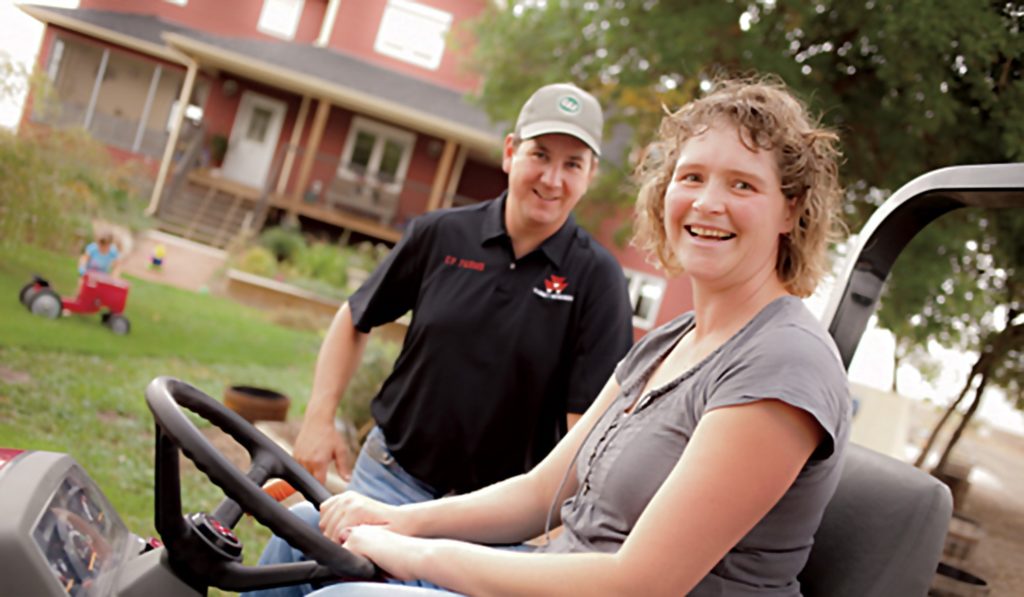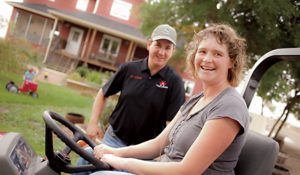Youth Movement Redux: A Look Back at our 2011 Young Farmers Special Report
Back in 2011, FarmLife magazine, our exclusive customer publication, asked young producers what fuels their passion for farming. We visited with them again recently and learned, despite the odds and obstacles, they’re doing well. When last we reached out to...

Youth Movement Redux: A Look Back at our 2011 Young Farmers Special Report
Back in 2011, FarmLife magazine, our exclusive customer publication, asked young producers what fuels their passion for farming. We visited with them again recently and learned, despite the odds and obstacles, they’re doing well. When last we reached out to...
Back in 2011, FarmLife magazine, our exclusive customer publication, asked young producers what fuels their passion for farming. We visited with them again recently and learned, despite the odds and obstacles, they’re doing well.
When last we reached out to Michel Camps, the Barnell, Alberta, farmer spoke of his mistakes, mentors and wife, Hanneke. In 2011, Camps’ CP Farms consisted of 1,750 acres of potatoes, sunflowers, small grains, sugar beets and corn. The farm, says Camps, has grown to about 2,400 acres, in part because of long-term leases of neighboring land and purchasing land.
“We still grow the same crops, but just do a little bit more,” Camps says. In 2012, the Camps family built and tripled their on-farm storage capacity for potatoes and stopped renting storage, and they added additional grain storage. “With all the crops being in one yard now, it has made it easier to manage crop deliveries in the winter, especially potatoes,” he says.
Camps just came off eight years serving on the Alberta Sugar Beet Growers board. During that stint, he spent a fair amount of time away from the farm, especially in the winter. His current day to day in winter, he says, involves organizing parts, servicing machinery, planning for the next season, attending meetings (agronomy, seed, fertilizer, chemical) or delivering crops to the buyers. “In the farming season,” he adds, “I run the RoGator, our self-propelled harvester, and do almost all the irrigation.”
See the original story on the Camps farm here or click here to read the full update.
We interviewed Doug Sass in 2011 as a 31-year-old farming on his Monona, Iowa, operation. Quite a bit has changed over the past five years. Sass farmed 1,100 acres of corn (including seed corn) and soybeans then. He also helped his father feed 500 head of cattle a year, and they shared some equipment. Part of his business included hauling seed corn on contract for Monsanto.
“I’m farming around 2,000 acres,” Sass says now. He’s still hauling Monsanto seed corn and has cut back on cattle—feeding less than 100—but has new livestock. “Last winter, I added a 65-head flock of sheep, which I’ve really enjoyed,” he says. “Plus, they’re great weed-eaters!”
Sass has plenty of additional farm experience under his belt, and he says he’s always looking for farming opportunities— “and ways to take more fishing trips,” he quips.
See the original story on the Sass farm here or click here to read the full update.



